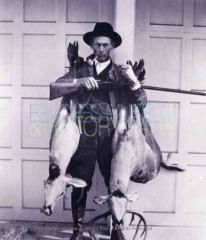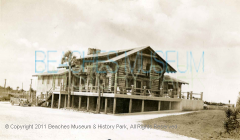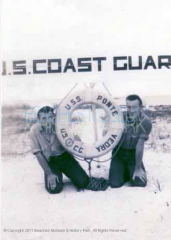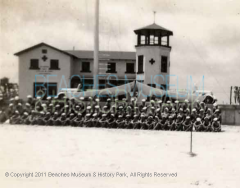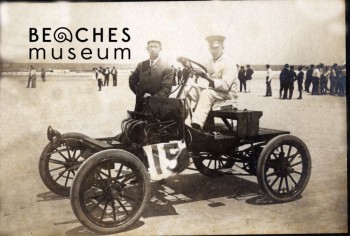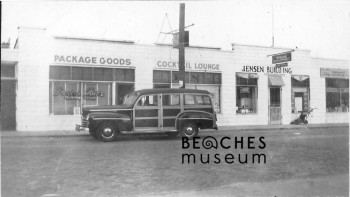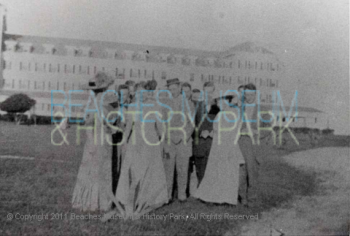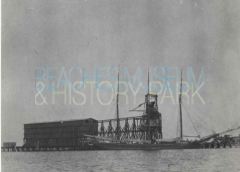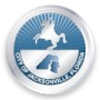Palm Valley
Long before the first Spanish settlers arrived, there was an Indian village in what we call Palm Valley today. Several Indian mounds have been uncovered revealing points, pottery and human skeletons. Early Franciscan missionaries constructed a mission in the area called The Nativity of Our Lady of Tolomato.
By 1703, Don Diego Espinoza had settled in what is today the Palm Valley area. His vast ranch and the surrounding territory was known as Diego Plains. In the 1730s, the ranch was fortified to protect its inhabitants from Indian attack. By 1739, Great Britain and Spain were at war and trouble was brewing for the Diego Plains settlers.
British General James Oglethorpe was commissioned to harass the Spanish settlements south of the colony of Georgia so the Spanish governor fortified the Diego farmhouse which was already being called Fort San Diego. After Oglethorpe’s failure to capture St. Augustine, the Spanish military abandoned Fort San Diego, but other inhabitants moved into the area, living off the land and the cattle.

Cracker Landing on west side of Atlantic Intracoastal Waterway in Palm Valley; dredging the canal, April 1916
In 1908, a canal was dug through Diego Plains connecting the San Pablo River to the north with the Tolomato River near St. Augustine to the south. This intracoastal canal made access to the valley much easier for the residents that had settled in this area. In addition to raising cattle, they farmed, logged, and sold palm fronds to religious groups. The many palm trees growing in the region led some of the settlers to decide on the name Palm Valley for their community.
Prohibition turned some of the valley residents to another source of income – moonshine. The abundant water supply and deep woods areas in the valley were ideal for the concealment of illegal whiskey distilling. The moonshine industry thrived even after the Volstead Act was repealed in 1933, but the rising price of sugar finally brought the illegal whiskey industry to an end.
Palm Valley remained a quiet area of the Beaches, between A1A and U.S. 1. There were many farms where produce and livestock were raised. The development of the Beaches has also affected Palm Valley. Today most farms in the valley have disappeared, opening the land for luxurious residences overlooking the Intracoastal Waterway.

